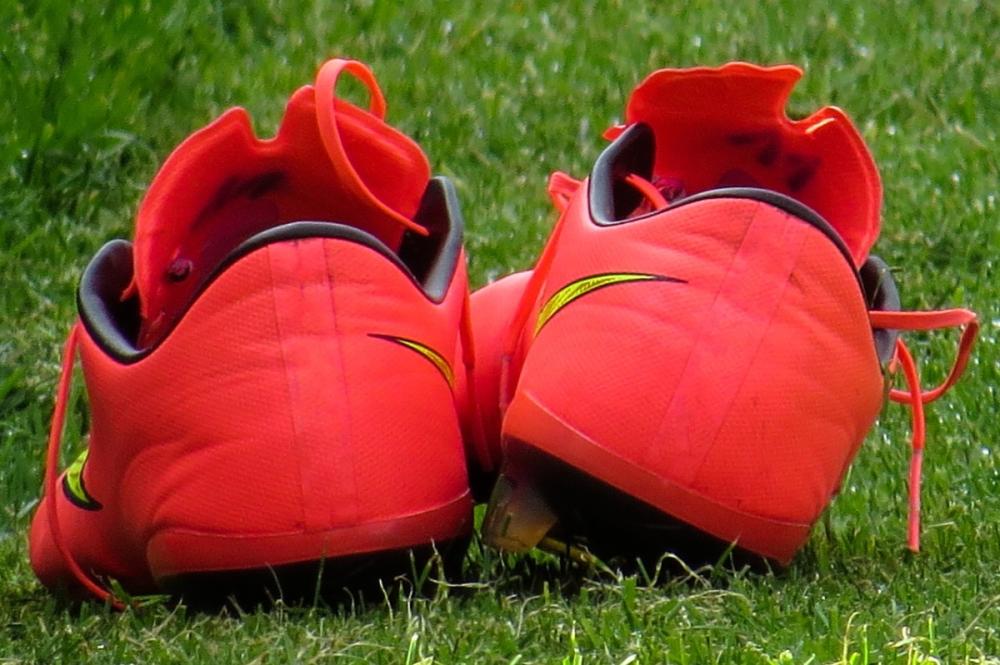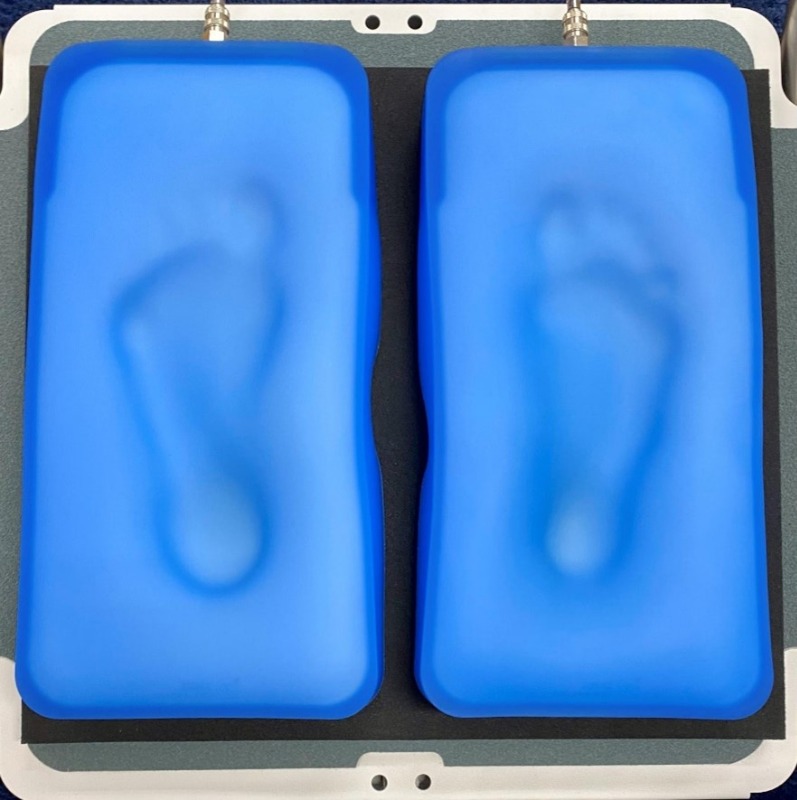search
date/time
 | Lancashire Times A Voice of the Free Press |
12:00 AM 22nd June 2024
sports
Fixing The Knee Injury Epidemic In Women’s Football
Christophe Champs, founder of PODO Clinic and Workshop

Image by Christoffer Borg Mattisson from Pixabay
ACL injuries occur in the men’s game too, but they are a significant concern in women's football. Anatomical, biomechanical, hormonal, and training factors play a part in women having a greater risk of ACL injury, as does footwear. The boots worn by players have a role in the epidemic of ACL injuries in women’s football. Poorly fitted football boots, that are not designed with a woman’s foot, gait, or body in mind are a problem.

Image by G.C. from Pixabay
Most boots are designed for men or are what brands call ‘unisex’ or ‘gender neutral’, but there are many differences between the male and female foot. On average, men have larger and wider feet compared to women, while women tend to have higher arches, and female toes are often longer in proportion to their feet compared to men. Typically, a woman will have a lower foot volume, meaning her feet are less bulky even if they are of the same length as a man’s foot, and women have a narrower heel in relation to the forefoot, which can affect how their feet fit into shoes designed for the average male foot shape.
Some manufacturers have worked on developing specific moulds or ‘lasts’ to construct the shape of their women's football boots – including a narrower heel cup and lower instep. However, others have a different view.
Last summer, the Women and Equalities Committee Chair, Caroline Nokes, wrote to football boot brands, including Adidas and Nike, questioning the lack of football boots designed specifically for women and girls. One manufacturer boldly stated: “We have a gender-neutral football approach to football footwear informed by our partnerships, industry experience, and research.”
Considering the differences between a man’s foot and a woman’s foot, a gender-neutral or unisex pair of boots is liable to be seriously detrimental for both men’s and women’s feet and biomechanics.
But there is more to consider than just the shape of a footballer’s feet.

Image by Phillip Kofler from Pixabay
Women typically have a wider pelvis, which means a greater angle between the hip and knee, and this can place more stress on the knee joint and the ACL. Women tend to have more lax ligaments due to hormonal differences, particularly the influence of estrogen, which can increase the risk of ligament injuries. Women often have less muscle mass around the knee compared to men, particularly in the quadriceps and hamstrings, which can provide less support and stability to the joint. And differences in the way women move their hips and knees during athletic activities can contribute to a higher risk of ACL injury.
Bones affect the performance of muscles
Any misalignment that affects either a bone or a joint, will create a muscle imbalance, with one (group of) muscle(s) overworking and its opposite (group of) muscle(s) underworking.
This is why a player’s alignment, balance, and posture must be optimised at every level of their body. As our two feet are different, and everyone has a dominant leg, there is a naturally occurring misalignment, or asymmetry. If you put your asymmetrical form into a pair of symmetrical football boots, it will inevitably put strain on your muscles, increasing your risk of injury. Therefore, it makes sense to match your asymmetry, in your symmetrical pair of football boots, with an asymmetrical pair of orthotics.
.JPG)
Christophe Champs
PODO believes that custom made orthotics should become a preventive measure for every woman playing football. Orthotics are devices designed to support, align, correct, or improve the function of the musculoskeletal system, particularly the feet, ankles, and legs. They are commonly used to alleviate pain, enhance mobility, and provide stability.
Orthotics can be bought off-the-shelf, but for best results, there needs to be a customised orthotic for each foot.

A tough layer under the forefoot, because non-reinforced shoe-soles encourage a problematic twist and turn under the forefoot, increasing knee instability.
Customised supports – the foot’s medial, lateral and, sometimes, transversal arches must all be supported, by moulding multiple thin layers directly onto the player’s foot. Because of the natural strength of the arch, and of both the intrinsic and extrinsic muscles, women will benefit a lot more from a thin support made to measure, particularly while going through hormonal changes.
A custom-moulded narrower heel cup, because a wide and loose heel reduces the stability of the ankle and knee joints and reduces the engagement of the femur at a hip level.
Custom orthotics might be as expensive as the boots themselves but they can save a player from ACL, rehab and, quite possibly, loss of career.
Good muscle strength can be aided by good conditioning and stretching sessions, but don’t forget that muscles are still susceptible to pain, fatigue and injuries. Not only that, women on average are shorter in stature than men, but the length of the football pitch is the same and they still play for 90 minutes every match.
This is where a properly designed pair of football boots, with a properly moulded pair of orthotics come in. Both must be specifically fitted to each woman’s feet and to the requirements for playing football. Only then can the player feel secure physically and mentally, thus increasing her confidence and trust in her body.

It is challenging to design multiple models of boots that consider a player’s age, size, biomechanical needs, game intensity, past injuries, problems dealing with fatigue and recovery, or even the impact of hormonal ups and downs on their body. But, as much as shrinking a pair of male shoes will never provide us with a female version, developing “unisex football boots” will simply undermine the problems female footballers currently face, mislead the customer and put thousands of girls and women around the world at risk of injuries that will prevent them playing football in their future, whether they are professional or play at an amateur level. It also has the potential to create entirely new and significant problems in men’s football.
Unsuitable, damaged or ill-fitting shoes in general have a devastating impact on a patient’s biomechanics and their ankle, knee, hip and back health. The consequences of those uneven wear patterns are just exacerbated in football boots, because playing football increases challenges to your body. That’s why, women’s foot morphology, biomechanics, and their lower average body weight, must be considered to really optimise the safety, agility and responsiveness of football boots.
At PODO, we are dedicating 2024 to helping women get the support their feet need. As part of our From the Ground Up campaign, we are calling on clubs and players to join us on our journey. We are convinced that an improvement in both women’s orthotics and women’s boots will make a massive contribution to reducing ACL injuries.
.JPG)
Christophe Champs